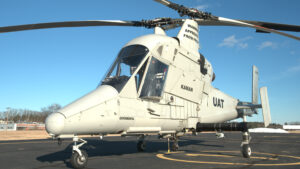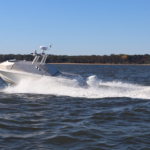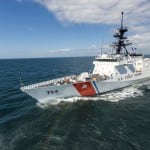
Pittsburgh, Pa.-based autonomy systems integrator Near Earth Autonomy is partnering with Kaman Aerospace [KAMN] and Naval Air Systems Command (NAVAIR) to develop an autonomy system specifically for the K-MAX helicopter, but with broad applicability to large vertical take-off-and-landing (VTOL) aircraft. Near Earth previously worked with the Office of Naval Research in 2014 on a smaller sensor and software autonomy package for the Autonomous Aerial Cargo/Utility System (AACUS) project, which has since been implemented on small and medium-sized VTOL aircraft. The…

 By
By 











